According to the latest Global Economic Prospects Report, by the end of 2022, the world will be, at best, half-recovered. Perhaps the single most important reason for the unequal recovery is unequal access to COVID-19 vaccines. In low-income countries, fewer than 10 percent of people have received at least one dose of a vaccine. This compares with about 80 percent in high-income countries. Vaccination rates remain uneven across middle-income economies, where 5 billion people live. The emergence of the omicron variant underscores the risk of unvaccinated people to everyone.

A simple way to think about the problem of vaccine access is to break it down into three parts: production, trade, and health care delivery. This blog discusses the first and the second, though the weakest link in many countries is often the third.
Production is still a problem
Global production of vaccines reached 12 billion doses at the end of 2021, insufficient to cover a global population of 7.9 billion (considering boosters). Distribution has been unequal. For instance, of the 4 billion doses of the Pfizer-BioNTech vaccine planned for 2021, high-income countries purchased nearly 70 percent of doses. Boosting COVID-19 vaccine production is a clear priority, but it faces hard constraints over the short term. The sophisticated technological capacity to produce the vaccines and their novel and essential inputs, such as mRNA technology, is currently limited to less than 20 countries. The combination of short-term production constraints and the practice by high-income and some middle-income countries to make advance vaccine purchases results in a smaller piece of the pie being available for developing countries.
Trade policy is a bigger problem
International trade is essential to producing and distributing these vaccines through complex cross-border supply chains. But nationalistic trade policies, differences in regulatory frameworks between countries, and complex and slow procedures for moving key inputs across borders have impeded trade. This has negatively affected vaccine production and distribution.
For example, since the beginning of the pandemic, the number of export curbs on medical products increased—rapidly reaching a peak of 147 in October 2022. Around 50 were export restrictions affecting vaccines and products related to their production and distribution. So long as export curbs are nondiscriminatory and time-bound, these measures do not violate World Trade Organization (WTO) rules. But increasing domestic availability came at the expense of foreign supply, thus exacerbating vaccine inequity.

Trade facilitation is an even bigger problem
Nontariff trade barriers in the form of logistical challenges and regulations are also creating bottlenecks. For example, noncommercial samples that vaccine manufacturers send to specialized laboratories abroad for testing and quality control tend to be subject to the same import and export procedures as commercial shipments. These further delays production and distribution.
Advanced purchase agreements, export restrictions, and regulatory bottlenecks have also resulted in the tragedy of wasted vaccines. So far, about 50 million doses have expired and this number is expected to double by next month. Another 200 million or so doses are within two months of expiration.
Ending inequity
The problem of vaccine inequity is tough to fix. But three types of measures can take a bite out of it.
- Policies to support production. Producing more will require continuing government support to help firms to expand capacity. But this may not be enough. Intense competition among pharmaceutical and biotech companies has hampered the matching of COVID-19 vaccine creators to firms with spare capacity. The establishment of a clearinghouse—a platform that brings together private and public sectors—would create more partnership opportunities, such as Pfizer-BioNTech’s use of the facilities of Sanofi in France to manufacture vaccines.
- Policies to support trade. Smooth-functioning vaccine supply chains are needed to scale up production. Ongoing work by the World Bank, WTO, and others aims at identifying major regulatory bottlenecks and assisting governments with reducing them. But we also need guardrails to ensure that export restrictions are not overused. Ongoing negotiations at the WTO will provide an important signal on how far countries are willing to go to improve regulatory cooperation to reduce trade bottlenecks and limit the excessive use of export restrictions.
- Policies to support equity. Finally, market forces alone will not suffice to ensure access and deployment in many low-income countries. The World Bank has committed $6 billion—a big chunk of it to Africa—to fund vaccine deployment in more than 60 countries. Our projects cover financing, health sector capacity, cold chain facilities, community outreach, and monitoring. It is also working to intermediate demand and supply and avoid vaccine wastage. The Multilateral Leaders Taskforce formed by the heads of the World Bank, WTO, World Health Organization (WHO), and the International Monetary Fund (IMF) has been vocal in calling for donations by rich countries and pharma companies with some success, but more is needed. About 1.3 billion doses were donated for 2021 and 2022. Still, only a small fraction of the donated vaccines has been released, and even fewer have reached poor countries.
Restoring economic growth and progress toward eliminating poverty requires equitable access to vaccines for people in developing countries. This is not just a moral issue that requires altruism; vaccine inequity is a health hazard for all.
The Brookings Institution is committed to quality, independence, and impact.
We are supported by a diverse array of funders. In line with our values and policies, each Brookings publication represents the sole views of its author(s).

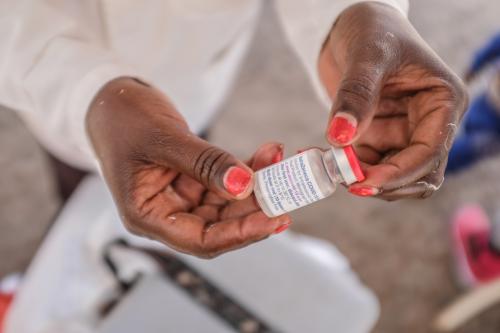
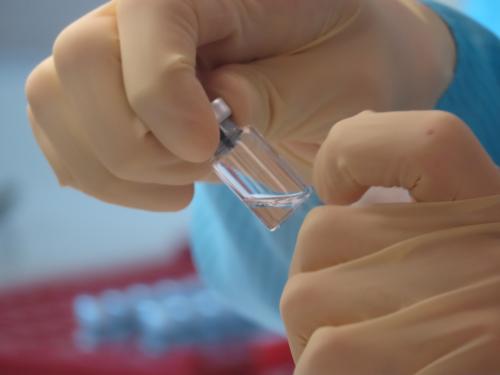
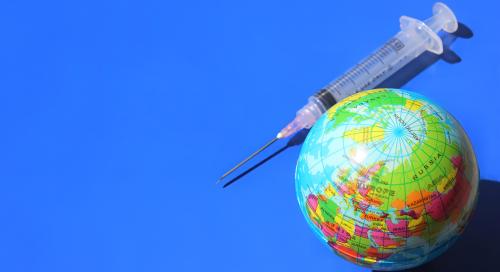

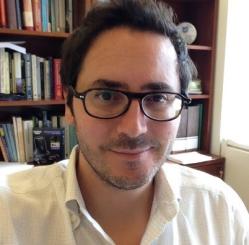
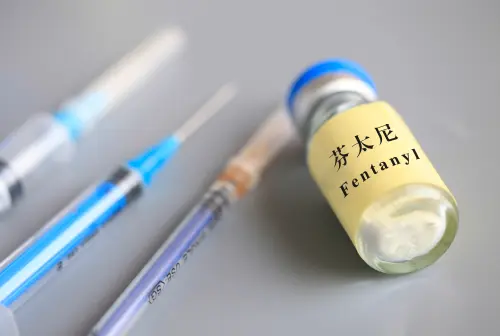

Commentary
Why global vaccine equity is the prescription for a full recovery
February 11, 2022